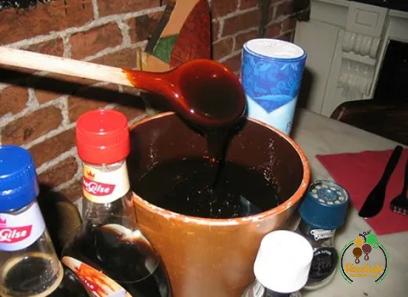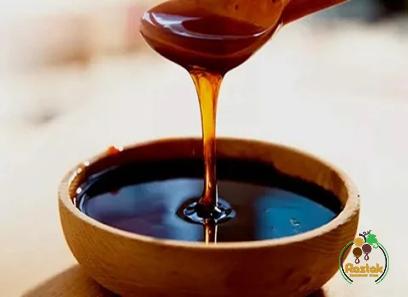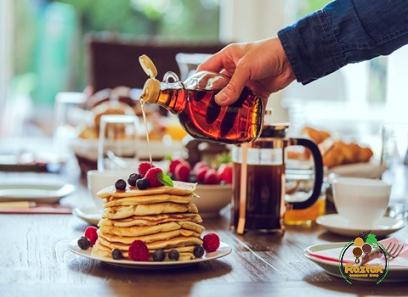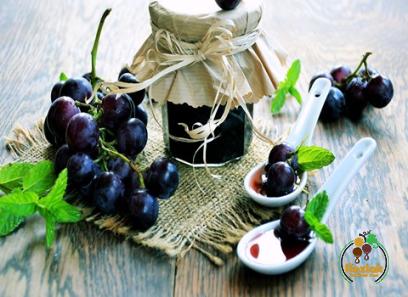Riesling is believed to have originated in Germany, with particularities that remain the main producer of this grape worldwide, making a variety of wines from bone dry to sweet and everything in between.
Across the French-German border, Alsace is also one of the highest sources of quality Riesling, as is Austria, which generally focuses on drier styles. In the New World, Riesling found a home in Australia, particularly the Clare Valley, as well as the Finger Lakes of New York, Canada, New Zealand and Washington.
Rieslings are late-maturing, medium- to late-maturing, and do best in cooler climates, where the grapes ripen more slowly and develop deeper aromatic qualities.
For full ripening, growers often plant Riesling on south-facing slopes for maximum sun exposure. Grapes grow best in limestone and slate soils.
Growers can harvest a late-ripening vine to make a dessert-style wine or allow botrytis to take its toll. (Grapes affected by botrytis are also used in some dry and ripe varieties.) Off-dry or mildly sweet styles are especially popular in Germany’s Mosel region, but many popular bottlings are dry.
Overall, this wine displays fresh fruit flavors of peach, pear, lemon and yellow apple, complemented by prominent metallic and floral notes. Riesling is able to produce long-lived wines due to its high acidity. Older versions usually have signs of oil smell.

Riesling is one of the most high-quality and influential wines in the world, and is highly regarded by connoisseurs and enthusiasts alike. This white wine owes its worldwide reputation as the queen of most grapes to its vibrant and diverse aromas.
Despite the characteristics of the developing region reflected in the bouquet, Riesling retains its typical citrus flavor.
What is Riesling?
Riesling is a white grape wine that is considered to be of the highest quality and the most special culture. The best Rieslings are produced in grape-growing regions with cool climates. This variety is mainly grown in Germany as well as many other wine producing countries.
Riesling wines have a good reputation in international markets. Although only 40,000 of the world’s 7.5 million hectares of vineyards are planted with it (1), it is considered the highest quality and best white wine in the world: Riesling – one star.
Winemakers love it because it can produce a variety of styles that are hard to beat.
This is because, on the one hand, Riesling responds wonderfully to the soil, especially on slate and granite soils, and on the other hand, it produces everything from a pleasant dry wine to rich fruit. Wine lovers offers.
The wines can also make a noble sweet Riesling, especially since the latter is the highest quality and most unique of its kind in the world.
Characteristics of Riesling
Riesling is characterized by late ripening grapes, the defining element of which is the acidity of the fruits. Therefore, it is destined for northern growing regions, where it matures in the late fall sun.

It has the most demand for space (energy), but it has the least demand for soil. Depending on the location (soil type and microclimate), very different types of wine are produced. Favorable conditions are provided by rock slopes that retain heat along the river valleys.
The Riesling grape is light yellow in color with a hint of green and reveals pleasant aromas of pomegranate fruit and ripe apple on the nose.
Riesling’s acidity amuses the palate and is accompanied by fruit and micro-minerals. It is not uncommon for Riesling to show even subtle notes of gasoline.
The alcohol content of Riesling wine (ABV) varies depending on the growing region and winemaking method.
As a rule, Cabernet Riesling wines have the lowest alcohol content (between 7% and 8%), while fuller Rieslings have a higher alcohol content (up to 13% ABV) (many characteristics of Austrian Rieslings).
Personal Riesling taste
The Riesling grape is aromatic, delicate and expressive. The wine is described as lively, lively, elegant and refreshing, steely and metallic. Riesling has spicy and fruity acidity. The fruity aroma of pomegranate (apricot) and exotic fruits determines the nature of the wine.
The color of wine can range from pale yellow to light green to golden yellow. The full maturity of the wine is achieved only after a long period of fermentation. Young wines may still vary in acidity and flavor.
When the grape is not fully ripe, it gives off a lemon-like aroma, and when it reaches full maturity, notes of lemon, pineapple or peach appear. There are other fruity notes that are reminiscent of apple, apricot or nectarine.

As they age, they can also develop toasty or honey-like flavors, and if the vines are grown in warm climates, their wines often exhibit exotic tropical fruit-like aromas.
Blending Riesling with other grapes is not uncommon, and as a rule, Riesling wines are not aged in wooden barrels so that the presence of wood does not affect the flavor of the Riesling.
Eligibility age of Riesling
Old and aged Rieslings 10, 20 or 30 years later show their virtues more clearly than when they were young – but also their weaknesses. Sometimes the wine lacks freshness, sometimes tension and balance.
It may be old but they don’t get better. In other words, it was better to consume Riesling first.
Without a doubt, Rieslings are where all the characteristics have developed over the years that can hardly be doubted at a young age. This is true of expensive wines as well as cheap wines.

However, residual sugar is not an aging ingredient either. It is true that residual sugar, like acidity and alcohol content, is one of the ingredients that ensure the right balance in a wine (including the high extract and sulfur value that a noble Riesling sweet wine should have).
chance of old age). Ultimately, balance alone determines whether a Riesling becomes dull with age.
As one of the main Riesling producers, 40% of the market, German Riesling has a lot to offer! Since 2008, Wales has been the leader in terms of area: with 5,900 hectares of Riesling, more is grown here than the Moselle, which only has 5,400 hectares! Both are stylistically recognizable.
Because the varieties of ripe fruit are abundant and richer than those of the northern regions.
After all, about 2,000 hours of sunshine a year ensures plenty of ripe fruit (peaches, apricots, mangoes) and somewhat reduces the acidity of the wine. Of course, there are exceptions, and so you can find all kinds of steel here.











Your comment submitted.